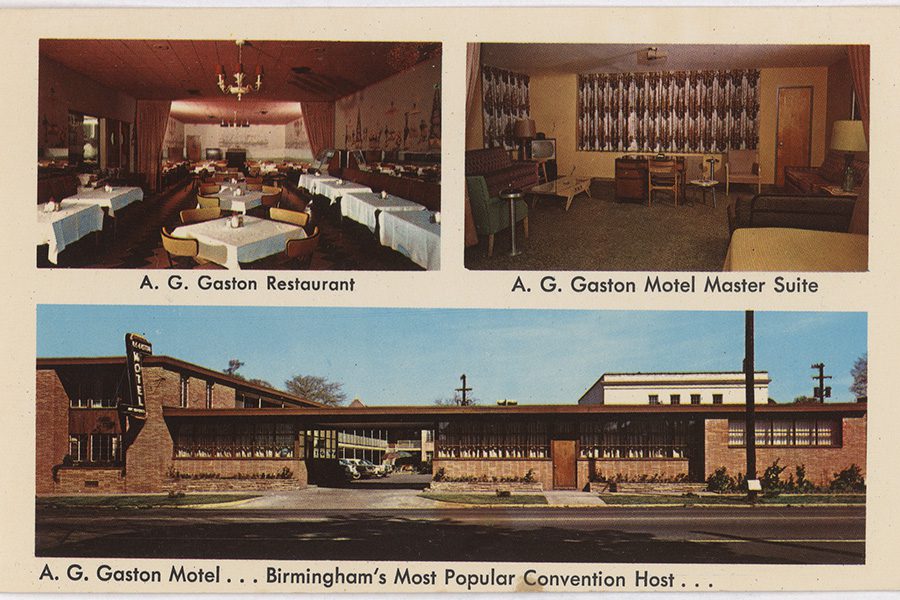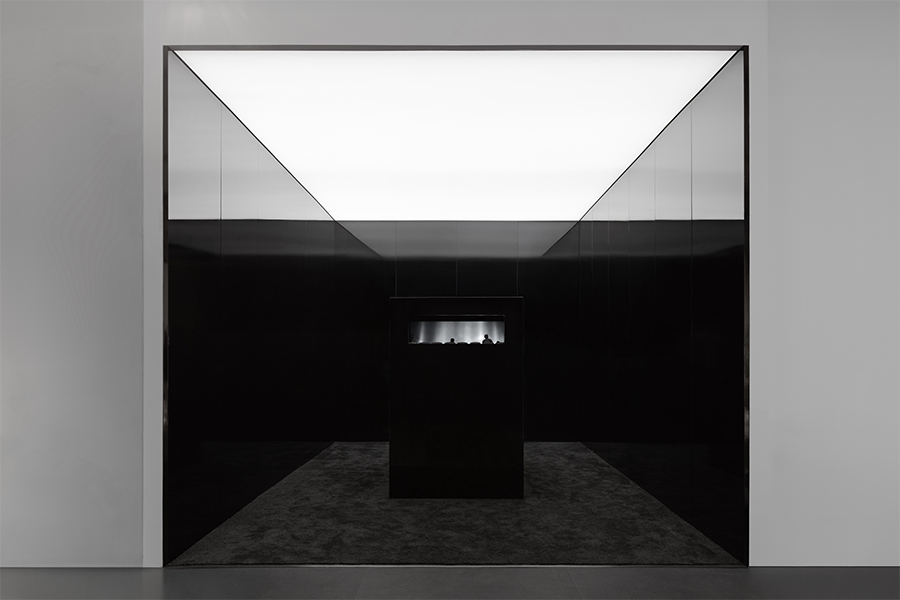New York experiences a hotel boom, Hilton enters the space race, and Getty commits $3.1 million to conserve Black architecture. All that and more in this week’s Five on Friday.
Hilton embarks on the final frontier

Rendering courtesy of Hilton
Hilton is officially spacebound, as the hospitality giant is set to design astronaut facilities for the private Starlab space station currently under development by Voyager Space Holdings and Lockheed Martin. According to CNBC, Hilton will craft hospitality suites and sleeping accommodations while also collaborating with Voyager on marketing opportunities for the space station and onboard experiences. The space station will be designed with maximal flexibility and will comprise three modules. One of four space stations being built by U.S. companies with support from NASA, Starlab is slated to operate in a low Earth orbit by 2027—three years ahead of the International Space Station’s retirement in 2030.
Schools embrace solar power

Photo courtesy of Wikimedia
As U.S. public schools continue to suffer budget cuts, an unlikely solution to save funding has emerged in the form of solar energy. The New York Times reports that one in 10 K-12 public and private schools across the nation were using solar energy by early 2022, per data released by clean energy nonprofit Generation180. The report indicates that the number of schools embracing the alternative energy solution has doubled since 2015. Energy stands as the second biggest expense for K-12 public schools, but funding for school energy upgrades as part of the infrastructure bill aims to remedy this. Savings in electric bills from schools clad with solar panels tops millions in each district cited in the Generation180 report. Moreover, schools have been able to adopt the technology without the burden of costs up front. School districts in Louisiana and Virginia are even expected to save roughly $8 million over 30 years.
Farmers unearth historic mosaic in Gaza
A Byzantine mosaic has been unearthed in the Gaza Strip amid ongoing bombings carried out by the Israeli Defence Forces (IDF). While heralded by archaeologists as a significant discovery, the mosaic now faces an uncertain fate as violence continues. French archaeologist René Elter even dubbed the discovery as in “immediate danger,” The Art Newspaper reports. Located half a mile from the Israeli border, the ornate, brightly colored relic was discovered by a Palestinian farmer and his son as they planted an olive tree on their land last spring. The family quickly shrouded their discovery with tin sheets before reporting the finding to authorities. The relic depicts 17 iconographies of beasts and birds.
Getty to conserve designs by Black architects

Postcard of the A. G. Gaston Motel in Birmingham, Alabama, circa 1960-1969, from the Book of Letters sent to Arthur Shores, prominent attorney and civil rights leader in Birmingham, Alabama (Vol. 2). Alabama Department of Archives and History
The Getty Foundation and the National Trust for Historic Preservation have announced a new grant focused on the preservation of historic modern architecture by Black architects and designers. Titled Conserving Black Modernism, the two-year, $3.1 million program will advance efforts to identify historic sites representative of the modernist style while also providing necessary preservation planning, training, and storytelling resources. Applications will be accepted by the National Trust beginning in November, with the first round of grantees announced in summer 2023. Conserving Black Modernism serves as the Getty-funded portion of the Action Fund’s national grant program, which to date has supported 160 historic sites relevant to Black history. The program is also an extension of the Getty Foundation’s Keeping It Modern initiative, which awarded 77 grants—and $11.8 million—between 2014 and 2020 that supported conservation planning and research for modern buildings and sites around the world.
New York celebrates a hotel boom

Aman New York; photo by Robert Rieger
Data from Bisnow indicates that revenue per available room (RevPAR) in Manhattan is 5 percent above 2019 levels, while the Hotel Association of New York City notes that there are 125,000 available hotel rooms across the boroughs, with occupancy rates exceeding 80 percent. There’s no denying it: New York is experiencing a hotel boom. From a ritzy, ultra-luxury destination inside the Crown Building to an ornate but inviting concept that enlivens the Financial District, Hospitality Design compiled a baker’s dozen of new hotels making a statement in the city.



